Houseplants bring nature’s beauty indoors, purify the air, and create a calming environment. But for many plant enthusiasts, overwatering is the number one killer. While we water our plants with love, too much of it can actually suffocate their roots, invite disease, and shorten their lifespan.
Experts say that most people kill houseplants with kindness—not neglect. If you’ve ever wondered why your “green babies” look sad despite your regular watering, the culprit is likely too much moisture. The good news? Overwatering is preventable and often fixable if caught early.
This article explores five clear signs of overwatering and provides practical solutions to get your plants back on track.
Why Overwatering Is a Problem
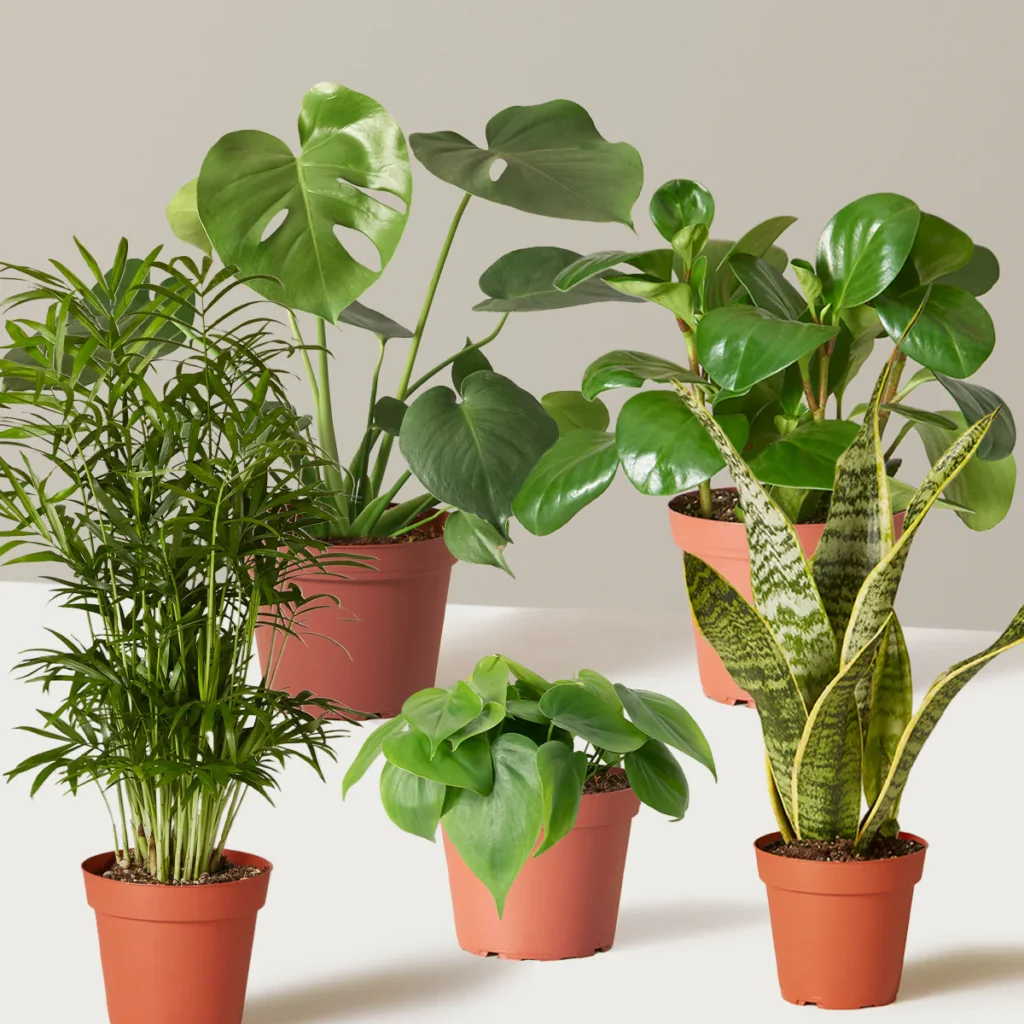
Plants need water for nutrient transport, photosynthesis, and cellular structure, but roots also require oxygen. When soil stays soggy for too long, it fills with water and pushes out air pockets, suffocating roots. Without oxygen, roots weaken and decay—a condition known as root rot, which is one of the deadliest plant problems.
Overwatered soil also creates the perfect environment for fungus, mold, and pests like fungus gnats. In short, water is essential, but balance is everything.
1. Yellowing Leaves
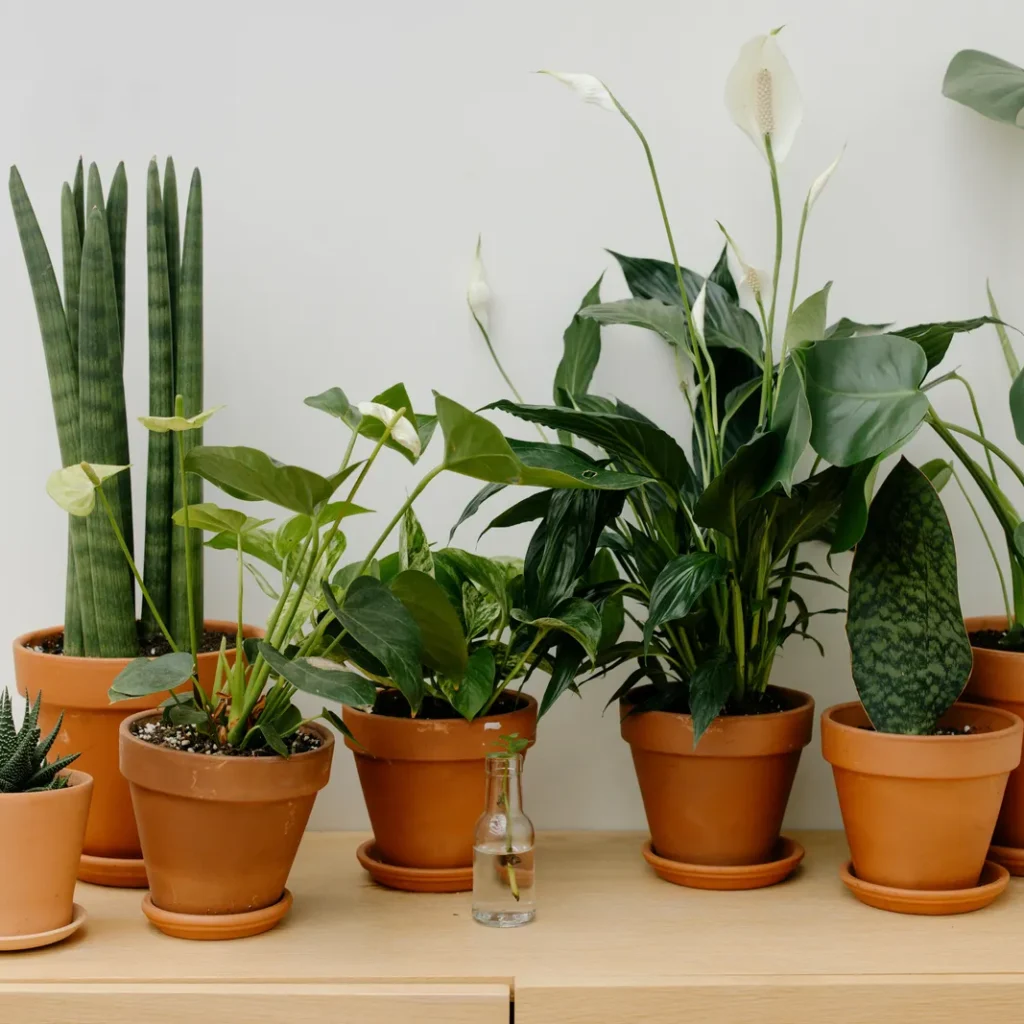
What It Means
One of the most common and earliest signs of overwatering is yellowing leaves. While yellow leaves can sometimes indicate nutrient deficiency or lack of sunlight, they are frequently caused by roots drowning in excess water.
When roots can’t breathe, they can’t deliver nutrients to the plant, causing leaves to lose their rich green color.
Expert Fix
- Check the soil: Stick your finger 1–2 inches deep. If it feels wet, stop watering until it dries.
- Improve drainage: Make sure your pot has drainage holes and use well-draining soil. Mix in perlite, pumice, or sand to help water flow freely.
- Trim damaged leaves: Removing yellow leaves helps the plant redirect energy to healthy growth.
2. Wilting Despite Wet Soil
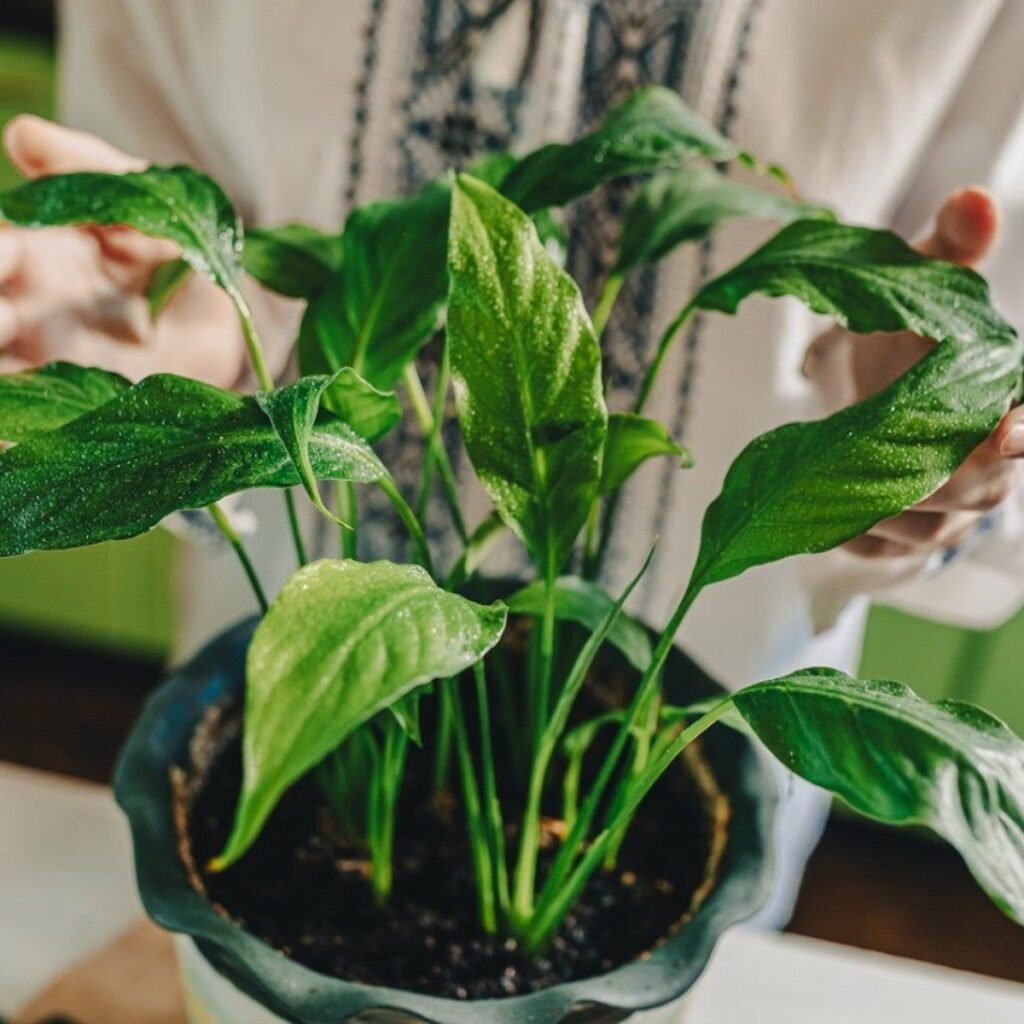
What It Means
Wilting is usually associated with dryness, but a plant can also wilt from overwatering. In fact, soggy soil suffocates roots so badly that they cannot take up water—even though it’s all around them.
If your plant looks limp or droopy but the soil is still wet, overwatering is the likely cause.
Expert Fix
- Pause watering: Allow soil to dry before adding more water. For many plants, this means waiting several days to a week.
- Repot if necessary: If roots are mushy, repot the plant into fresh, dry soil. Cut away black or slimy roots before replanting.
- Balance water and light: Place the plant in bright, indirect light to help soil dry out faster without stressing it.
3. Root Rot and Mushy Stems
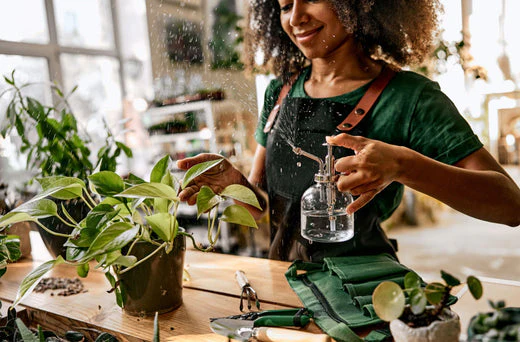
What It Means
Root rot is the most serious consequence of chronic overwatering. You may not see the damage immediately, but signs include mushy stems, foul-smelling soil, and blackened roots when you remove the plant from its pot.
At this stage, the plant is struggling to survive because its foundation—the root system—is collapsing.
Expert Fix
- Inspect roots: Gently remove the plant from its pot. Healthy roots are firm and white. Rotting roots look brown, black, or mushy.
- Prune affected roots: Use sterilized scissors to cut away damaged portions.
- Repot carefully: Place the plant in a clean pot with fresh, airy soil. Avoid watering for a few days to allow roots to adjust.
- Prevent future rot: Always empty saucers after watering so roots aren’t sitting in stagnant water.
4. Fungus Gnats and Moldy Soil
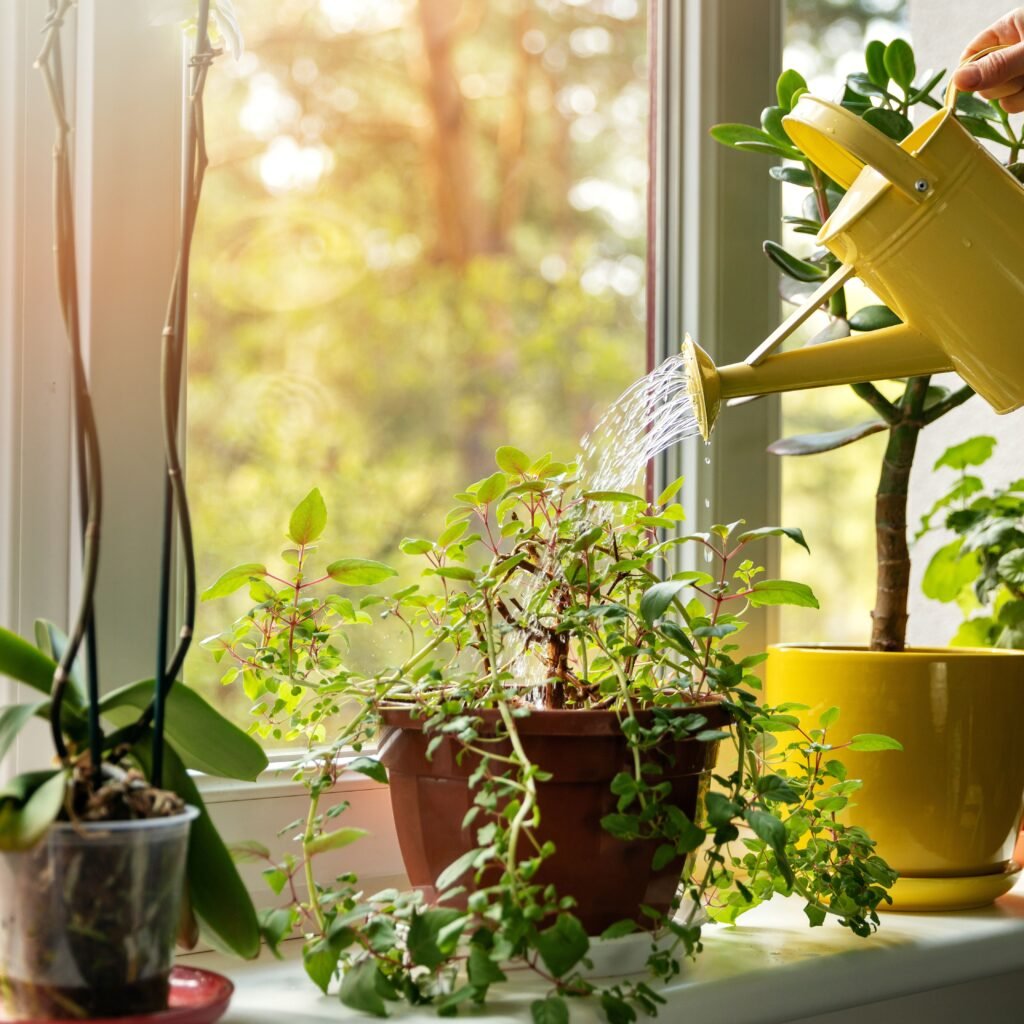
What It Means
Do you notice tiny black flies hovering around your plants? These are fungus gnats, pests that thrive in consistently damp soil. Their larvae feed on decaying organic matter and sometimes roots, further stressing your plant.
Another common issue is white mold or algae on the soil surface, which develops when moisture doesn’t evaporate quickly. Both are red flags for overwatering.
Expert Fix
- Let soil dry out: Fungus gnat larvae can’t survive in dry conditions. Adjust your watering schedule to break their life cycle.
- Add sand or gravel: A thin layer of sand or decorative pebbles on top of the soil discourages pests from laying eggs.
- Use sticky traps: Yellow sticky cards catch adult gnats and reduce population.
- Improve airflow: Place plants where they get better ventilation to help soil dry faster.
5. Edema (Blisters or Bumps on Leaves)
What It Means
When plants absorb more water than they can use, cells in the leaves may burst, leaving behind blisters, bumps, or corky patches. This condition is known as edema. While it doesn’t always kill the plant, it signals that your watering habits need adjustment.
Expert Fix
- Reduce watering frequency: Only water when the topsoil feels dry.
- Provide proper light: Ensure the plant receives adequate light so it can process water efficiently.
- Improve humidity balance: If humidity is high, water less often to prevent excess moisture buildup.
How to Prevent Overwatering in the Future
1. Use the Finger Test
Stick your finger into the soil up to 2 inches deep. If it feels dry at that depth, it’s time to water. If still moist, wait a few days.
2. Learn Your Plant’s Needs
Different plants have different preferences:
- Succulents and cacti like soil to dry completely between waterings.
- Tropical plants prefer evenly moist (but not soggy) soil.
- Ferns thrive in consistent moisture and higher humidity.
3. Choose the Right Pot and Soil
- Always use pots with drainage holes.
- Opt for soil mixes designed for your plant type (succulent mix, orchid bark, tropical blend, etc.).
4. Adjust Seasonally
- Spring and summer: Plants grow actively and need more water.
- Fall and winter: Growth slows, so reduce watering to avoid soggy soil.
5. Watch for Environmental Changes
Plants in bright light or warm spots dry out faster, while those in cooler, dim corners need less frequent watering. Adjust accordingly.
Expert Tips for Fixing an Overwatered Plant
- Be patient: Recovery takes time. Don’t expect overnight improvements.
- Cut back fertilizer: Overwatered plants are stressed, so avoid adding fertilizer until they stabilize.
- Prune damaged parts: Removing rotting roots or leaves helps the plant conserve energy.
- Increase drainage support: Add perlite, pumice, or charcoal to soil to prevent future waterlogging.
- Elevate pots: Place pots on risers or mesh trays so air can circulate under the soil.
Final Thoughts
Overwatering is the most common mistake plant owners make—but it’s also the easiest to correct with awareness and a few simple changes. Yellowing leaves, wilting despite wet soil, mushy stems, pest infestations, and edema are all warning signs your plant is drowning.
The best solution? Pay attention to your plant’s cues, feel the soil before watering, and create an environment where water flows freely rather than stagnates. With a little observation and adjustment, your houseplants will bounce back to health, rewarding you with vibrant growth and long-lasting beauty.
So next time you reach for your watering can, pause and ask: Does my plant really need it today? That one thoughtful step can make all the difference between a struggling plant and a thriving indoor jungle.
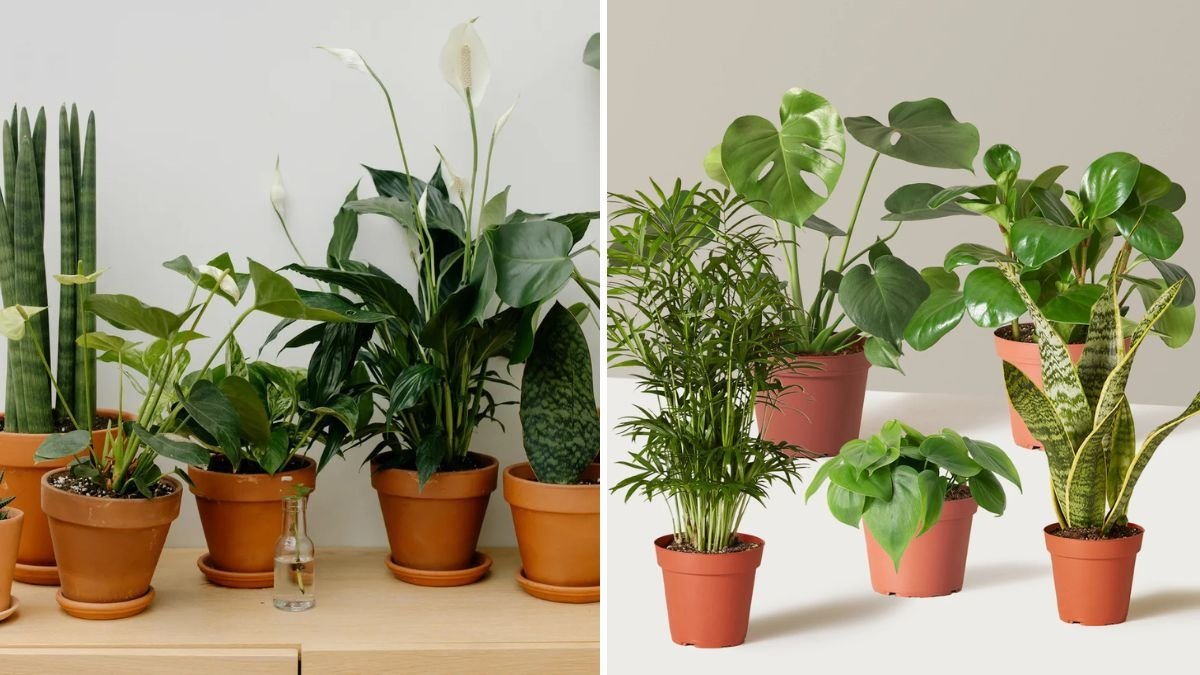




Leave A Comment